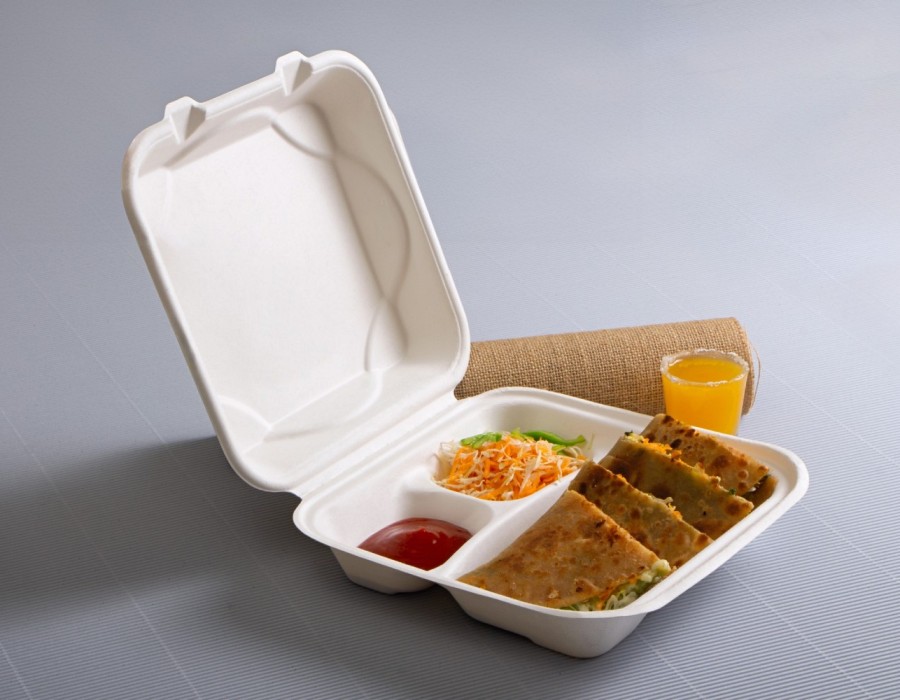Introduction
Sugarcane containers are crafted from bagasse, the fibrous residue left after extracting sugar from sugarcane. This material is not only biodegradable but also compostable, meaning it can break down into natural elements without harming the environment. Unlike plastic, which can take centuries to decompose, sugarcane containers begin breaking down within a few months under the right conditions. This makes them an ideal alternative for businesses seeking sustainable packaging options.
The Composting Process: How Do Sugarcane Containers Break Down?
Composting sugarcane containers is a straightforward process when done in an industrial composting facility. These facilities maintain high temperatures (between 130-160°F or 55-70°C), which accelerates the breakdown of organic materials. In such environments, sugarcane containers can decompose in as little as 60 to 90 days. At home, composting may take longer due to lower temperatures and less controlled conditions, but the containers will still decompose within a few months.
The Environmental Benefits of Composting Sugarcane Containers
By composting sugarcane containers, businesses and consumers are contributing to a circular waste system, where the organic material is returned to the earth as nutrient-rich compost. This not only reduces landfill waste but also supports soil health, offering a tangible environmental benefit. Composting sugarcane containers also eliminates the need for harmful plastic packaging, further reducing the carbon footprint associated with waste disposal and manufacturing.
Challenges in Home Composting
While sugarcane containers are designed to be compostable, the process can be more complex at home. Backyard compost bins may not reach the high temperatures required for rapid decomposition, which means the process could take longer. Additionally, some composting systems might not handle larger items like sugarcane containers well. However, as more consumers become familiar with composting, the benefits of using these eco-friendly containers continue to outweigh any minor inconveniences.
Conclusion: The Path to a Greener Future
Sugarcane containers offer a compelling solution for businesses and consumers looking to reduce their environmental impact. With their compostable nature and eco-friendly benefits, they serve as a key part of the movement towards sustainable packaging. While industrial composting is the most efficient way to decompose sugarcane containers, even in home compost systems, they provide a greener alternative to plastic, contributing to a more sustainable future.





Comments